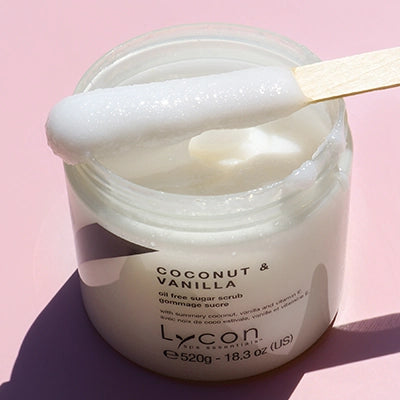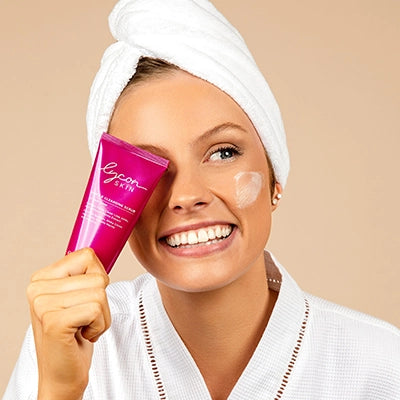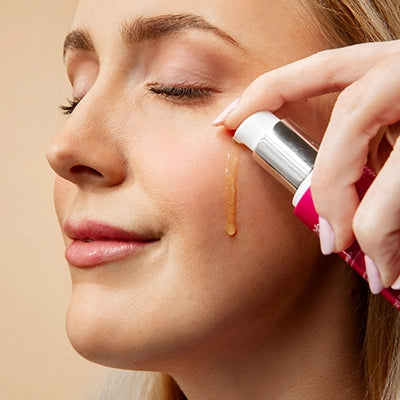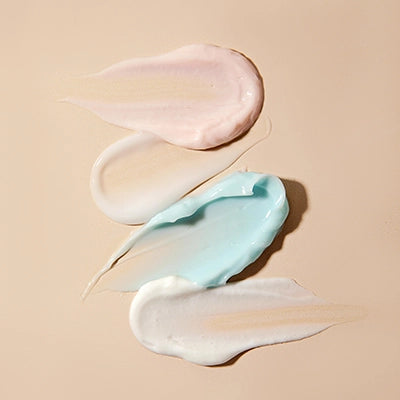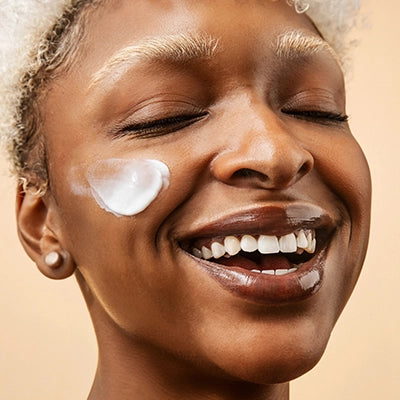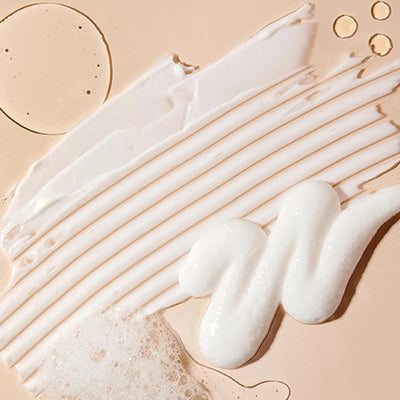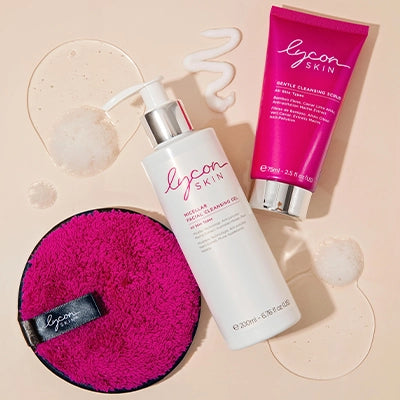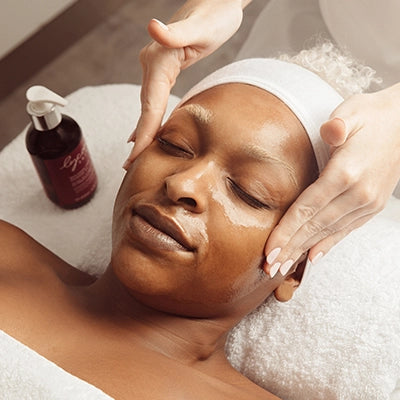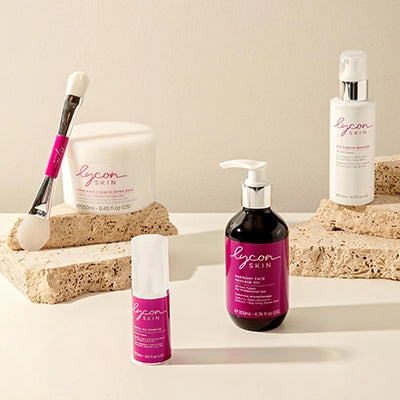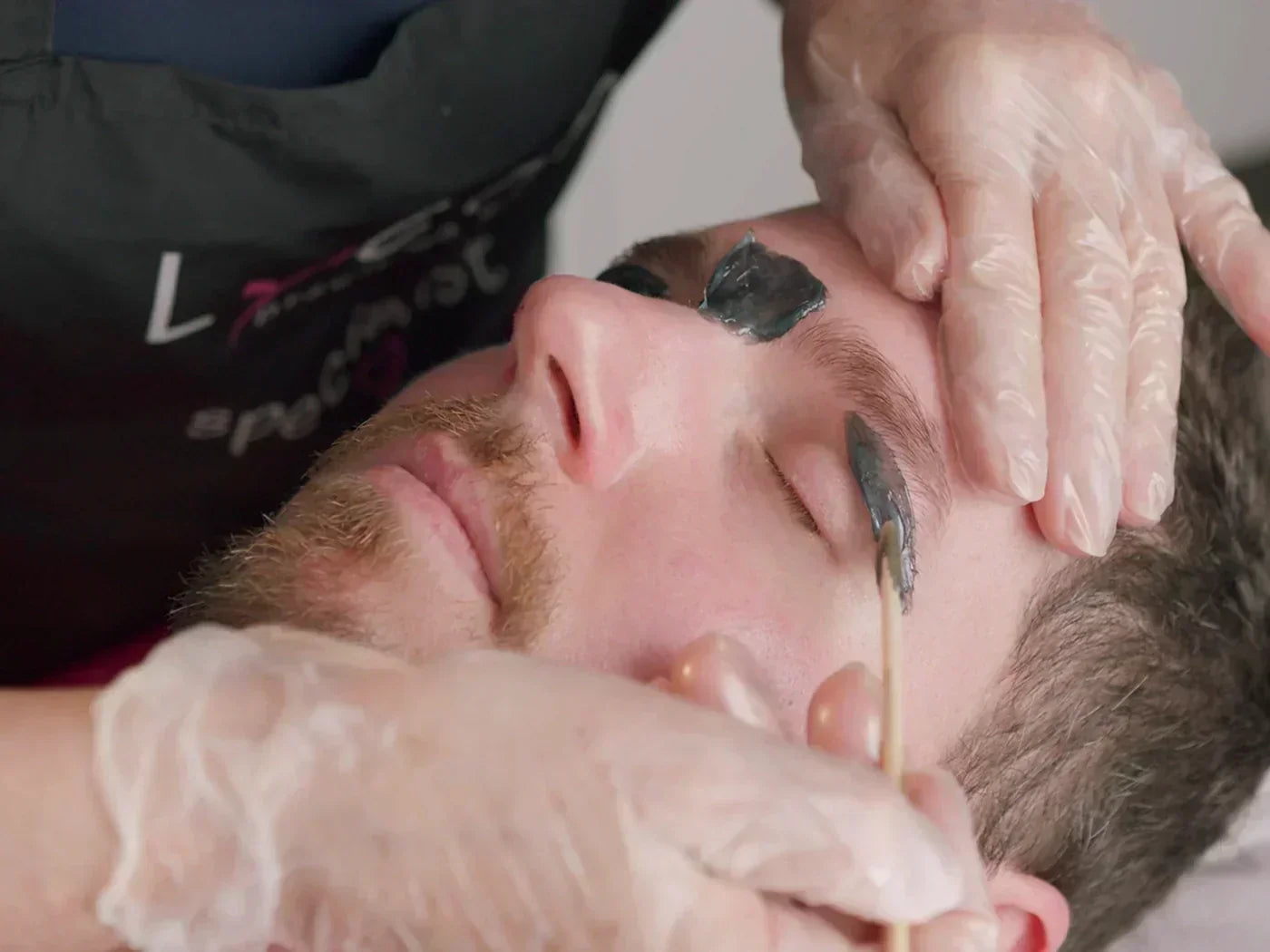Ingrown hairs can be a problem due to hair removal methods such as shaving, waxing, and depilatory creams, and more for some than others. With shaving, the hairs are cut off at skin level, and they end up with sharp ends. In addition, shaving damages the skin, toughening up the skin surface. As the hairs grow back, the hair tip can twist, causing the hair tip to dig back into the skin and become an ingrown hair.
How Waxing Prevents Ingrown Hairs
With waxing, the hairs are pulled out by the root, which is very different from shaving. After waxing, the new hair growth is soft with a soft pointed end, and it is therefore weaker. This means it may not grow through to the skin’s surface, leading to it not getting trapped within the hair follicle to create ingrown hairs.
This is particularly more common with curly hair, as it grows at an acute angle, is more common in the pubic area and the underarms, particularly for people of colour. But it can happen to anyone and on other parts of the body.

LYCON PINKINI Brazilian Hybrid Hot Wax XXX
The Pros and Cons of Using Depilatory Creams to Prevent Ingrown Hairs
Depilatory Creams are less likely to create ingrowns as the hair ends are frayed and have weak ends, due to the chemicals melting the hair roughly and unevenly. In this case, the hair ends are not strong enough to penetrate back into the skin or along the skin, so there is less likelihood of ingrown hairs with depilatory creams.
But you can still get ingrown when using depilatory creams. In any case, Depilatory Creams have their side effect in that they also attack the skin. Meaning that the skin surface can also melt slightly due to the chemical reaction of depilatory creams, and this can result in hyperpigmentation, particularly on skin of colour.
When Depilatory Creams are used regularly, the build-up of hyperpigmentation can become more obvious and difficult to get rid of. Shaving can also create hyperpigmentation on skin of colour, which also builds up with regular shaving and is difficult to get rid of.
Recognising the Signs and Symptoms of Ingrown Hairs
Ingrown hairs can be quite problematic as they can develop into infected follicles that can be difficult to treat. But most of all, ingrown hairs can be minimised and easily treated and cared for with products that contain suitable ingredients in the salons and at home.
The condition of ingrown hairs, depending on where they are, is called Pseudofolliculitis Barbae, Pseudofolliculitis Pubis, or Pseudofolliculitis Corporis. Curly hair is more susceptible to becoming ingrown, and shaving is a big trigger for ingrown hairs.
The resulting feelings of ingrown hairs are:
- Itchiness – this is when the hairs are growing through and they become blocked within the follicle or are weak to grow out through the follicle, so the skin becomes itchy.
- Redness – redness is quite obvious on light skin and more difficult to see on darker skin. If skin is darker, the skin simply looks darker where the ingrown hairs are, so more brown.
- Bumps and Papules – Some hairs grow back in the form of transfollicular penetration, which is when the hairs growing back push and grow sideways into the follicle walls and literally puncture the follicle walls and keep on growing under the skin. When a hair is growing differently than how it normally should, the body considers the hair to be a foreign body and can set off follicular infections that result in red spots and pustules, and darkening of the skin.
- Darkened skin marks – are generally temporary and will usually go away on their own. However, the effects can be reduced faster with products that contain Beta Hydroxy Acids such as Salicylic Acid, Lactic Acid, and other AHAs to encourage and speed up shedding of dead skin cells, allowing the hairs to grow through the skin as they should. Other ingredients that help treat ingrown are Allantoin and Arnica, which are calming and healing.
- Hyperpigmentation – can be the result of all the above.
Interestingly, if clients can leave the hairs to grow out to be about 10mm long before waxing, the issues with ingrown hairs will mostly self-correct.
The Best Method for Preventing Ingrown Hairs With Waxing
To minimise the effect of ingrown hairs with waxing, it is important to use gentle waxes that are suitable for the area you are waxing and the type and condition of the skin.

The Lycotane Skin Cleanser and Pre-Waxing Oil
Furthermore, it is imperative to use suitable protective pre- and post-waxing lotions and good waxing techniques, to minimise any side effects and to recommend an effective home care regime in between waxing treatments.
The most important thing with waxing is that the wax you use is gentle and will not lift or bruise the skin. Many waxes are tough on the skin and can remove a fine layer of skin. When this happens, the skin toughens up to protect itself. This is very much how calluses develop on the feet and hands. Too much pressure and rubbing on parts of the feet results in calluses.
If the wax you are using is not gentle and rough on the skin, it can have a similar effect, and the effect is that waxing can create a very thin, harder skin surface, which will prevent the hairs from growing through; therefore, the formation of more ingrown hairs.

The LYCOtec White Film Hot Wax XXX is super gentle and excellent for sensitive areas
To avoid this effect, it is important to use the right LYCON waxes for the different areas of the body, and the right LYCON pre- and post-waxing lotions to protect and nurture the skin during waxing.
For more resources on these important topics, visit the following pages to learn more:
Following the LYCON Waxing System and advice will minimise the possibility of ingrown hairs and more effectively reduce hair regrowth.
Lycon Products for At-Home Care That Prevents Ingrown Hairs Between Waxing Services
Ingrown-X-it Foaming Gel
- Suitable for the entire body and face.
- Bathe as often as needed.
Ingrown-X-it Solution, Cream, & Wipes
- Apply 1-3 times per day on clean skin.
- Spray on ingrown-X-it Solution for large areas and anywhere else.
- ingrown-X-it Cream for face, underarms and bikini zone.
- ingrown-X-it Wipes for face, underarms and bikini zone and anywhere else.
Tea-Tree Soothe
- Use daily to moisturise all over the body. It is light and anti-bacterial.
Soothing Cream
- The ultimate cream to deeply moisturise the body and hands daily.
PINKINI Intimate Wash
- Perfect for daily use.
PINKINI Moisturising Lotion
- Perfect for daily use.
PINKINI Lightening Serum
- Daily use morning and night.
- Suitable for the bikini zone, underarms, knees, breasts (but not if breastfeeding), and the face.
LYCON Sugar Scrubs
- Best used once per week.
X-it Mitt
- Exfoliate the body once or twice a week.
- Do not exfoliate for 1 week before and 1 week after waxing.

